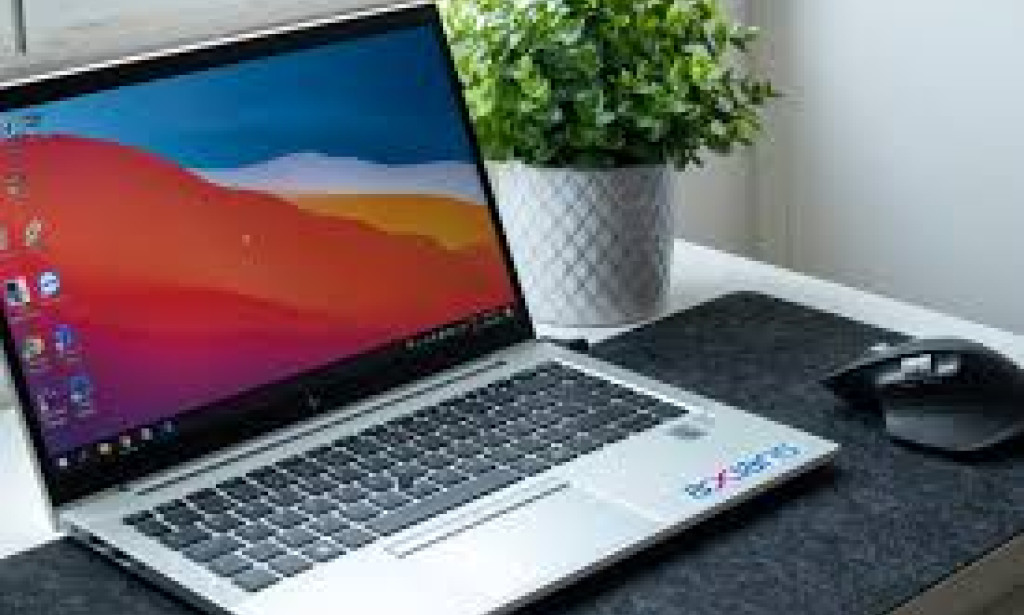Laptops are essential for work, study, and entertainment, but they can develop problems over time. Instead of rushing to a repair shop, you can try fixing some common issues yourself. This guide will walk you through troubleshooting and repairing your laptop safely.
1. Identify the Problem
Before attempting any repairs, figure out what’s wrong. Ask yourself:
Is the laptop not turning on?
Is it overheating or running slowly?
Are there display issues or keyboard malfunctions?
Is the battery draining too fast?
Once you have an idea of the problem, proceed with the appropriate fix.
2. Fixing a Laptop That Won’t Turn On
Possible Causes & Solutions
Dead Battery or Charger Issue: Try a different charger or plug it into another outlet.
Loose RAM or Storage Drive: Open the back panel (if possible), reseat the RAM and SSD/HDD, then restart.
Overheating Shutdown: Let the laptop cool down and clean the vents with compressed air.
Power Button Issue: Remove the battery (if removable), hold the power button for 30 seconds, reconnect, and try again.
3. Fixing Overheating Issues
Clean the Vents and Fans: Dust buildup can block airflow. Use compressed air to clean vents and fans.
Reapply Thermal Paste: If comfortable, open the laptop and reapply thermal paste on the CPU and GPU.
Use a Cooling Pad: This helps in reducing heat while using your laptop.
4. Fixing a Slow Laptop
Free Up Storage: Delete unnecessary files and uninstall unused programs.
Upgrade RAM & Storage: Adding more RAM or switching to an SSD can improve speed.
Check for Malware: Run a full scan using antivirus software.
Disable Startup Programs: Open Task Manager (Ctrl + Shift + Esc) and disable unnecessary startup apps.
5. Fixing Screen Issues
Black or Flickering Screen
Try an external monitor to check if the issue is with the screen or the GPU.
Update or reinstall display drivers.
If the screen is physically damaged, consider replacing it.
6. Fixing Keyboard & Touchpad Problems
Keyboard Not Working:
Check for dirt or debris under the keys.
Try an external keyboard to see if it’s a hardware issue.
Reinstall keyboard drivers from Device Manager.
Touchpad Not Responding:
Enable the touchpad using the function keys (usually Fn + F7 or F9).
Update or reinstall the touchpad driver.
7. Fixing Battery & Charging Issues
Battery Drains Quickly: Lower brightness, close background apps, and enable battery saver mode.
Not Charging: Check the charger, battery health, and charging port for damage.
Battery Replacement: If the battery is swollen or doesn’t hold a charge, replace it with a new one.
8. Fixing Sound Problems
No Sound: Check volume settings and make sure mute is off.
Update Audio Drivers: Go to Device Manager and update/reinstall audio drivers.
Check Audio Output: Ensure the correct audio device is selected in sound settings.
9. Fixing Wi-Fi & Internet Issues
Restart your router and laptop.
Forget and reconnect to the Wi-Fi network.
Update network drivers.
Use Ethernet to check if the problem is with Wi-Fi or the laptop’s adapter.
Final Thoughts
If none of these fixes work, your laptop may have a more serious hardware issue. In that case, it’s best to seek professional help. However, trying these DIY fixes can save you time and money.
Would you like to add anything specific based on your experience?

Nice yeah
You must be logged in to post a comment.